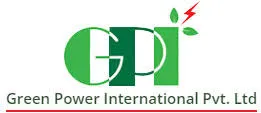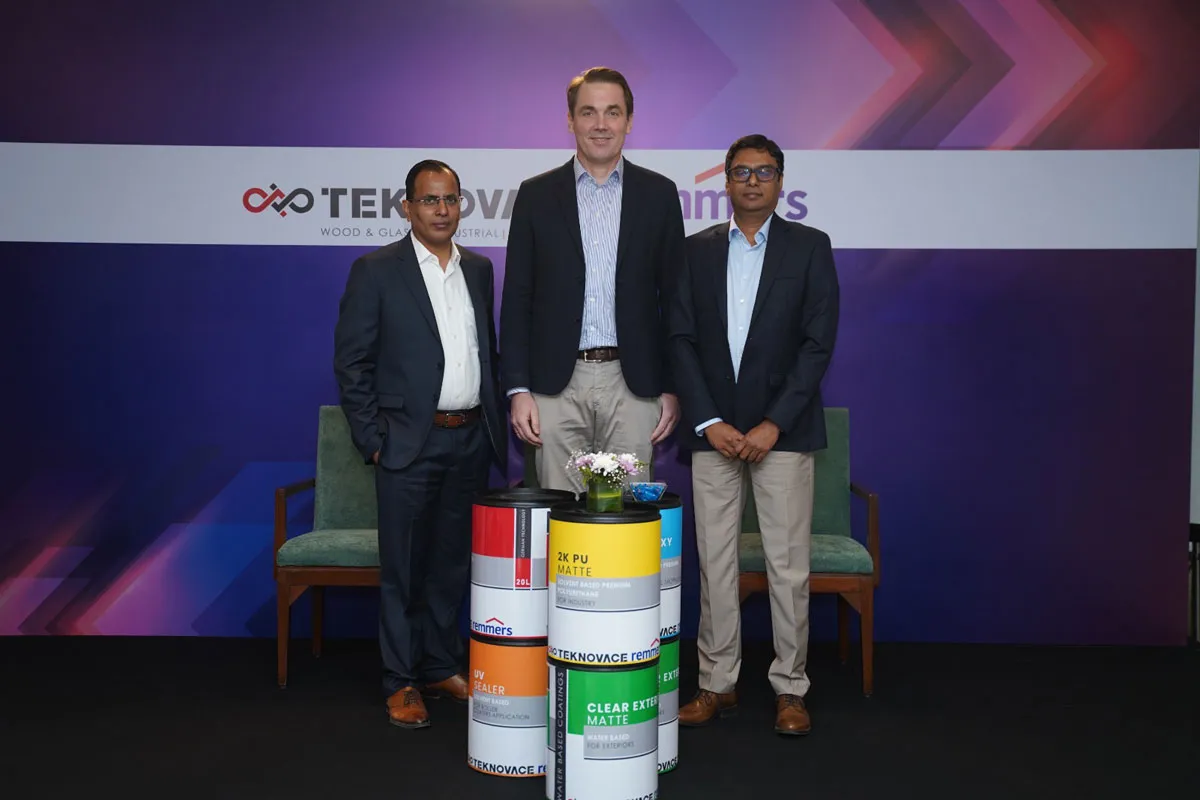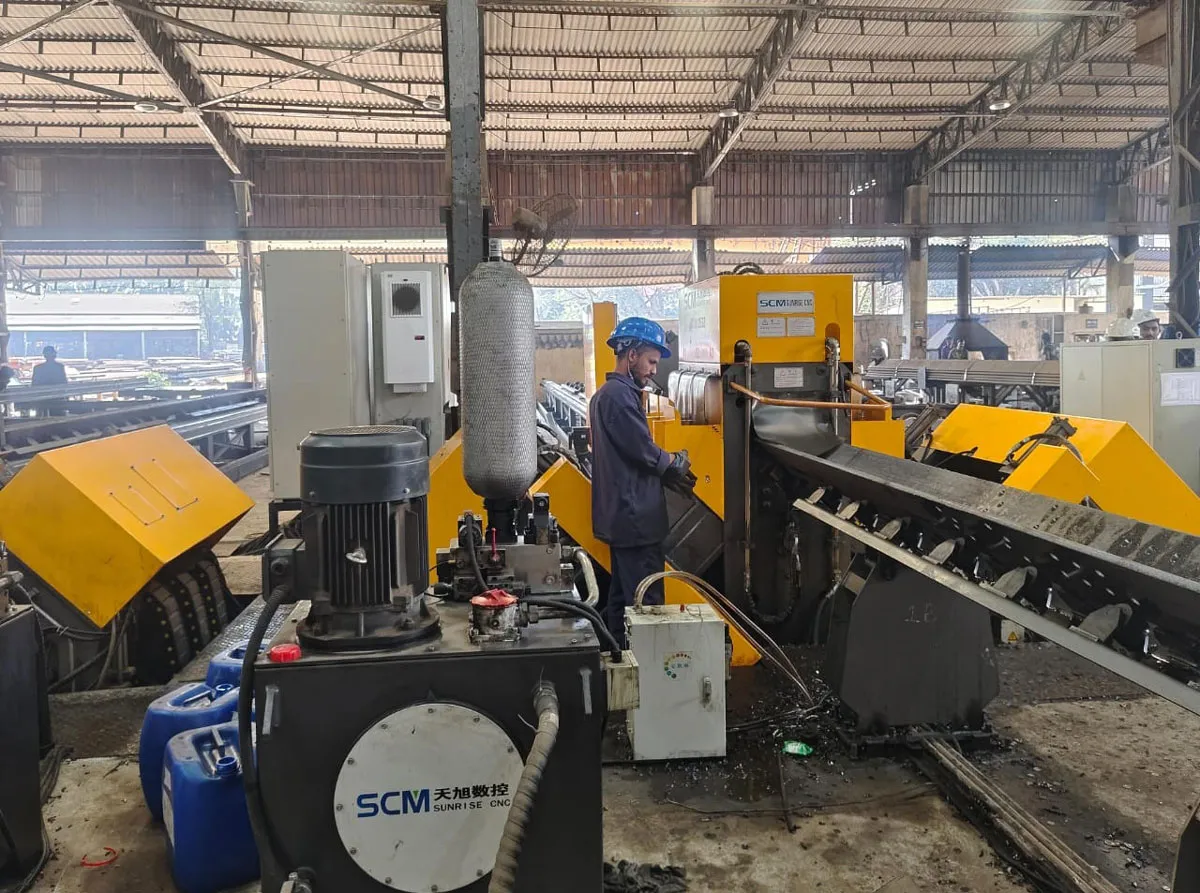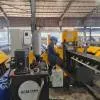How to restart the economy during COVID19
Our Prime Minister has spoken. The Lock Down has been extended to 3rd May, 2020. Millions of Indians are feeling let down with the extension of the Lock Down. This ‘Lock Down’ hurt thousands of migrant workers hard but eased the pressure on the health workers who are hard pressed to handle mounting patients. But how is life going to restart once the Lock Down is removed? Do you think it will be business as usual? The Lock Down has not solved anything. It has eased the pressure on our healthcare system by limiting the infections. The new normal will begin unfolding once the Lock Down is lifted.
It is clear, that the new normal, until the vaccine is made available for citizens, much after the Lock Down has been lifted, would include:
Home delivery
E-commerceDigital banking
Video calls and Zoom/ Skype meetings
Webinars
25% attendance in offices, public transport, public places
Sanitisation zones before you enter any commercial establishment
20% of traffic for travel and hospitality and so soaring air fares
Retail: 100% essentials and groceries and 25% on other items if not through e-commerce
But with the GDP growth being projected at under 2%, India needs to commence work for economic reasons by insulating itself from the vicious impact of the pandemic.
While there are multiple actions that the government is already taking like enhancing testing facilities, quarantining the patients, creating capacity with medical facilities, isolating red zones of infection, monitoring areas through CCTV and police patrol and so on, much more can be done. Since the vaccine is still at least nine-months away, testing facilities can be provided where people can drive-in and get themselves tested, testing kit production should be ramped up so that these kits are available in grocery stores too, PPE suits production needs to be enhanced so that they are available aplenty not only health workers and essential medics but also others healthcare practitioners like dentists, ENT specialists and such others. Further they should also be available for beauticians, hairdressers, among others. A financial package of Rs 1.7 trillion has already been announced for the economic weaker sections. Another one is in the works for business and industry. The US has announced $ 2.3 trillion, while European Union has announced $500 billion in terms of relief packages. The expectations in India are ranging from 1% to 5% of GDP. Bengaluru based real estate and hospitality corporate, Brigade Group’s Chairman & Managing Director
MR Jaishankar emphasised to
Construction World magazine over a video interview, the need for India to extend the amount of economic aid to upto 5% of GDP. Whatever is the current largesse announced there will be need for a further injection as the pandemic impact plays out.
India will not emerge unscathed, for sure, but our leadership can minimise the adverse impact.
Construction and Infrastructure can kickstart the economic engines
But apart from the health of the nation, the health of the economy is important too. Here industries which are financially sound and have the financial muscle to provide for or already have industrial campuses for their workers and staff to live and work, should be encouraged to commence operations where the health and sanitisation rules are governed by the employers and they can enforce discipline. Deepak Nitrite already began their plant operations in Gujarat after they received a green light by the Vadodara administration. Construction sites, which are not in the midst of the city, could be considered for restarting as home buyers would have paid money for the projects and the money is available to the builder in an escrow account as per RERA rules. The builder and contractors would have to follow safety protocols but could commence the operations especially in sites away from the city. The Municipal Corporation in Mumbai is currently carrying out pre-monsoon work including sea wall construction and completing reclamation and bringing activities to a ‘safe stage’ to ensure there is no flooding during monsoon. The Hiranandani Group is hosting over 6,500 workers while the Brigade Group is hosting 9,500 workers during this crisis. Niranjan Hiranandani, Chairman, Hiranandani Group told Construction World magazine on a video interview that food, shelter and safety was being provided to all their workers and they are waiting for permission to commence work at their sites. Infrastructure work should be accelerated at full speed. Nitin Gadkari, Union Minister for Roads, Highways and MSMEs stated that, ‘Infrastructure project pace has to be expedited by doubling or trebling it.’ The metro rail construction can be expedited as most of these projects are well funded by loans and they are either working underground or now that the traffic has eased can accelerate their work by incorporating safety protocols. Road projects, which are lagging behind need to be accelerated. Since they are traversing through unpopulated areas they can be expedited very quickly. The road ministry plans to seek home ministry’s nod to resume road maintenance work in areas that are not so densely populated, and at low-risk places, where the number of covid-19 cases are not high. Funds ought to be released for these projects and arbitration awards for existing stuck projects must be honoured rather than appealed against by government departments. Gadkari said that he has already advised the Finance Ministry to release such funds which should bring in liquidity to the tune of Rs 400 to 500 billion into the accounts of the contractors. All these steps will bring back confidence.
But what about small businesses?
Small businesses which are part of the supply chain of larger companies need to have a dialogue with their buyers which are large corporations whether they can be provided safety protocol gear and facilities to adhere to production schedules. Fertilisers, chemicals, pharmaceuticals, municipal corporations, defence, etc are already working by observing safety protocols. Industrial estates and complexes can also similarly make it mandatory for their zones to have an understanding on mandatory conditions to be followed. Here the penalty would be that the discovery of a single infected person could bring the entire complex under a Lock Down by the authorities. Hence only very responsible companies which are part of such complexes can take this call. Small businesses are being constantly reminded that they should not retrench employees but they do not have any means of keeping afloat. The deferment of EMIs for three months is a definite good step but the offer of payment of Provident Fund dues by the government has riders which exclude several small businesses. Loans to small businesses are not provided without security though the government is intending that banks would act otherwise. Extending greater loans for keeping small businesses afloat may also seep the enterprises into debt as the model of their businesses may not stand the test of time with the revised decline in demand Post-Covid19 scenario. Entrepreneurs need to examine the break even point under revised circumstances and assume the responsibility of further debt. Relief must include ease in compliance of GST, leniency in NPA norms for banks, tax filing firms to be provided with an additional 50% working capital limit on their existing limits without any additional security, etc. Demand for all non-essential items will take a beating and therefore several companies need to essentially decide whether they can sustain the deficit and whether their business can spring right back soon after or would the demand just collapse or evaporate. A relief package for sustaining small businesses is in the works and must help address their liquidity issues on an urgent basis without too much of red tape. There is also an urgent need to refund taxes and incentives to exporters must be released.
How will the future Post-COVID19 unfold?
Sanitisation Zones would be created as workers enter their factories and industries where they pass through a large covered facility which would be emitting an electronic sanitiser by illumination. Anti-microbial LED lighting is already been introduced. Such emission through lighting could disinfect workplaces and disinfect people entering such disinfected facilities. This could practically be utilised in offices, homes, gyms, malls, retails shops, clinics, hospitals, stations, airports and could well become the new norm in lighting technology.
However, by the time the vaccine is made available to the public at large a new normal would have been created:
No need for physical meetings in the same building or complex too when they can be done on video conferencing
No need to attend physical conferences when the same purpose can be achieved through attending webinars
Only staff that requires to be physically present in an office must attend the rest could have the flexibility of working from home with software that could monitor their output
Travel needs would be reduced as video conferencing would take centre stage
A larger work force can come into the working stream with the acceptance of ‘work-from-home’ concept. Especially women who take a sabbatical to tend to looking after babies after starting their family could come back to working much sooner.
Unemployment will dampen the demand for home buying and rentals will be the preferred mode of living.
Commercial spaces will become available in the real estate market as more and more firms fail and claim bankruptcy whether it be in retail or hospitality or travel or malls.
Air travellers would seek ‘most hygienic airline’ instead of ‘low cost airline’. Delta Air Lines, for example, is fogging its aircraft with a high-grade EPA-registered disinfectant, while another US based Airlines is sanitizing check-in and gate counters, in-flight entertainment screens, and galley surface areas and service carts. Air fares and restaurant charges would treble if they have to recover the same revenue from fewer customers in keeping with social distancing and other safety norms.
The new normal is yet to unfold and it is not for the faint hearted. You have got to decide whether you have the capacity to sustain the deficit or you have the agility to spring back so you may as well shrink for now. In either case, there will be pain and relief is but several months away.
- Pratap Padode, Founder, ASAPP Info Global Group, and Founder & Executive Director at FIRST Construction Council and Smart Cities Council India



















